Intel Expands 8th Gen Core: Core i9 on Mobile, Iris Plus, Desktop, Chipsets, and vPro
by Ian Cutress on April 3, 2018 3:01 AM ESTThe GIGABYTE H370N-WiFi
One of the motherboards we were sampled early was the GIGABYTE H370N-WiFi. This is GIGABYTE's latest mini-ITX motherboard, and in this case using the H370 chipset - traditionally GIGABYTE's H-series mini-ITX boards implement additional features, such as HDMI 2.0, and in this case, Wi-Fi.
The initial viewing of the board is one implemented more in function than overall style. The four-phase power delivery has a heatsink, the CPU is powered by an 8-pin 12V header, and the full length PCIe slot is shielded. GIGABYTE has two full-length DDR4 slots on this model, using double sided latches, and there are four SATA ports on the right hand side of the board out of a possible six that the chipset supports.
For storage, we get an M.2 2280 slot that sits above the chipset heatsink on the front, and another on the rear:
The two key parts on this motherboard that are going to be a little interesting start with the HDMI 2.0 implementation.
Here GIGABYTE is using the MegaChips MCDP2800 chip as an LSPCon to enable HDMI 2.0 from the processor. This is fairly common for HDMI 2.0, although due to the added LSPCon cost, we still only see it on a few motherboards - mostly GIGABYTE boards.
The other thing to note will be the Wi-Fi implementation. As the H370 chipset will support a native wireless solution, it all comes down to which companion RF model GIGABYTE has chosen. A quick look in the device manager shows this:
Here Intel is using the AC-9560, which is Intel's 2x2 802.11ac Wave 2 (160 MHz) solution - the high cost one.
Another feature on the new motherboards will be the USB 3.1 Gen 2 (10 Gbps) support. Here we see GIGABYTE not bothering with the fastest USB 3.1 implementation - all the ports here are USB 3.1 Gen 1 (5 Gbps) standard - even the port being enabled via a Type-C redriver. This means that this board could be seen as just a refresh of the 200-series version, with only the chipset changed to support the new processors. The motherboard does not have additional front panel headers for 10 Gbps either, meaning that this board uses exactly zero of the four that the chipset supports.
Elsewere on the board we spot the dual NICs, powered by Intel I219-V and Intel I211-AT controllers.
The audio, despite being a 3-plug stack, is powered by the Realtek ALC1220 codec.
In our box with the board, aside from the usual CD/manual/IO shield, we also got two SATA cables and a pair of Wi-Fi antenna. Nothing overly complex.


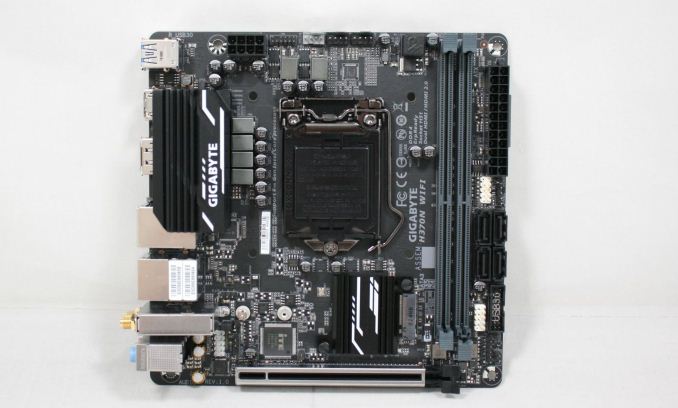
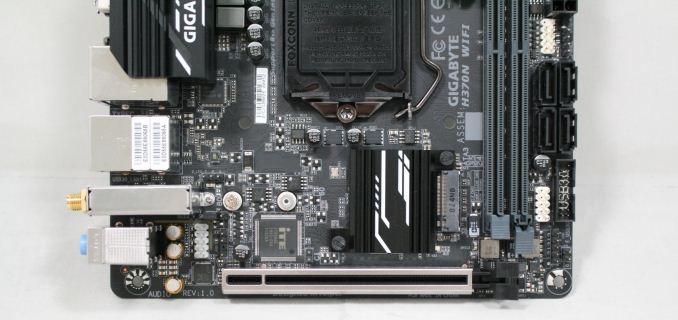
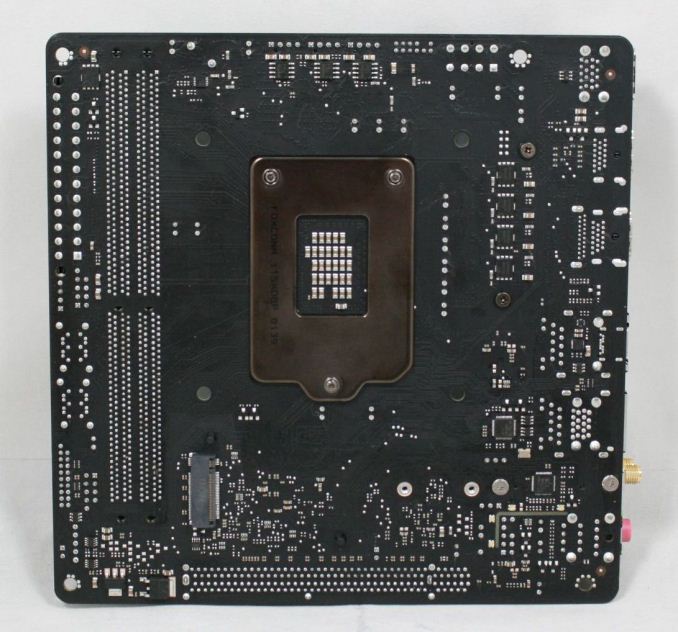
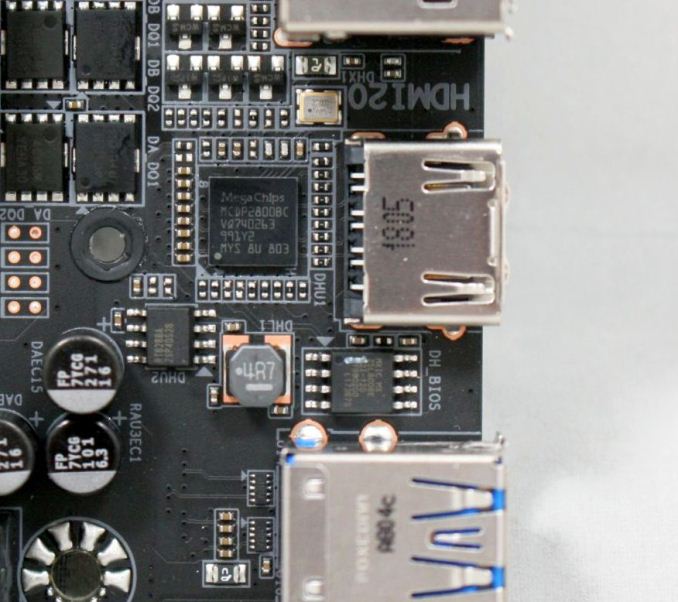
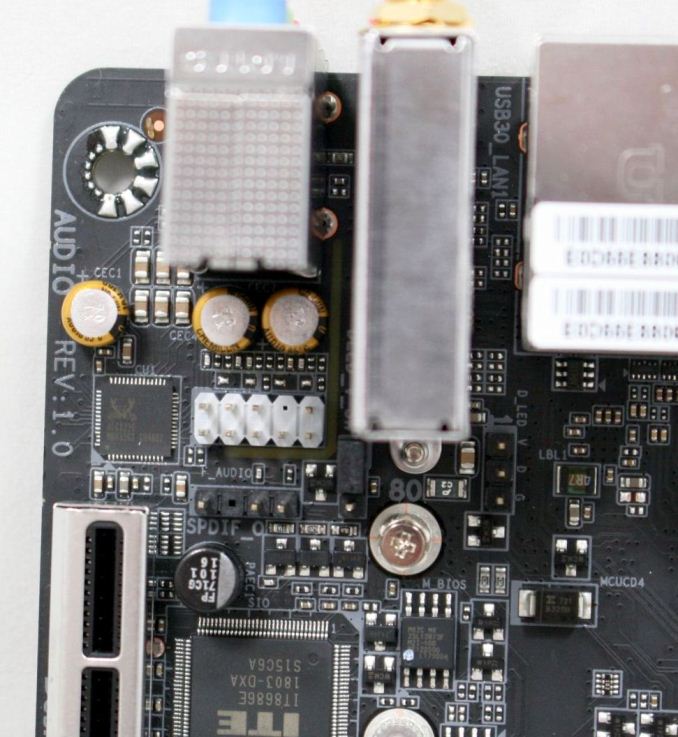
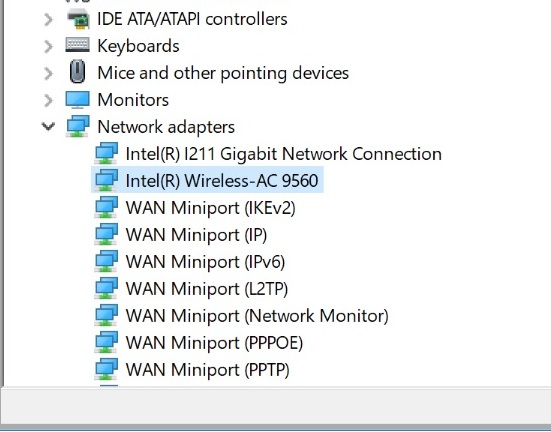

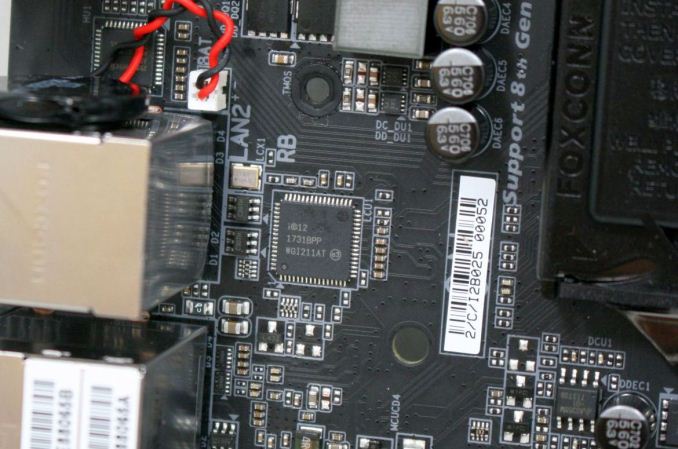

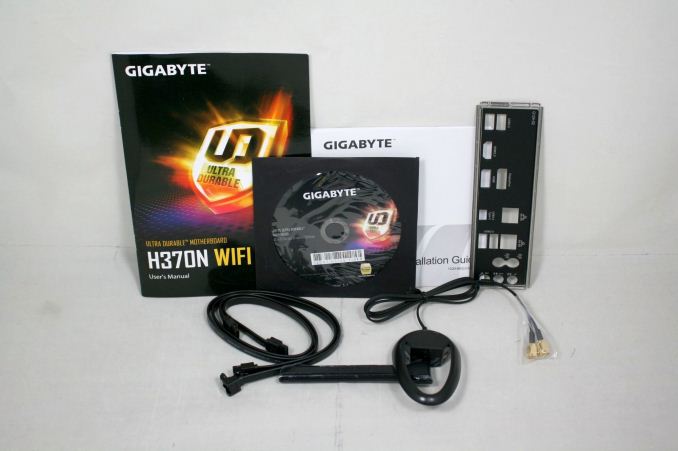














123 Comments
View All Comments
0ldman79 - Wednesday, April 4, 2018 - link
It is kind of hard to have a 95W CPU and a 200W GPU in a laptop with 6 hard drives though.The desktop isn't going anywhere.
HStewart - Wednesday, April 4, 2018 - link
This excuse about monitor keyboard mice can't be used any more. I am old school person that built my own pc and actual use a dos editor call brief. I work at home and use a ThinkPad and monitor stays down and Conniected to two 24in monitors, day keyboard and Microsoft wireless mouse.But the advantage of I need to go I can take laptop on plane with me - try that with a huge desktop
I believe I can go more than two monitor on this system but for me two is perfect
samsonjs - Tuesday, April 3, 2018 - link
The traditional desktop segment used for gaming might kind of go away but you'll always be able to throw a workstation CPU into a gaming desktop if that's your thing. Server and workstation CPUs aren't going anywhere in the foreseeable future.HStewart - Saturday, April 7, 2018 - link
I would agree on server segment of industry - but workstations have lately - and especially with latest 8th Generation move mobile with Mobile Xeon chips - but still you need to desktop chips for higher core counts and multiple cpu's.I could see one day with technology like EMIB, have multiple cpus and gpu on a laptop. Who knows they could possible do that with dual EMIB on system. It depends on demand - workstation industry actually in a lot of ways of driving CPU and GPU even more than gaming.
I remember when first interested in Lightwave 3D - I learn that NewTek switch to include Windows because of advancements in Windows NT technology. At this time it was only on Apple Mac which were the obsolete PowerPC devices
a13antichrist - Wednesday, April 11, 2018 - link
The analogy can be made to SSD vs HDD also. SSD might replace 80% of use cases but there will always be some areas where raw storage is simply more valuable than immediate speed. HDD will never go away as long as the $/gb remains far far less than SSD.Fixed desktops will never go away entirely as long as bigger, power-hungrier parts can still outperform mobile parts at lower costs. You pay more for mobile but you pay for the convenience of mobility.
However with a standard business dock or newer USB-C/Thunderbolt/WiGig docks there is really no excuse for 90% of people to still need a desktop - keyboard/mouse/monitor arguments are indeed archaic and totally misguided. A single connection is all it takes these days. Personally I have my MXMaster dongle permanently in the primary laptop itself, so I always have the mouse available whether I'm at the desk or the couch; other dongles attached to the dock take care of the other laptops in the house which I might also use in the dock(s).
Now, I'm not a big gamer, in fact I'm not much of one at all, but just like I need a separate "system" for storage, I would also never consider a laptop (even though it's core i7) if I was going to get into --serious-- gaming. Desktop parts are faster and cheaper, which is a good trade-off against mobility.
But I do think that gaming laptops with a good dock can take care of the needs of 90% of gamers; the question becomes, how much extra are you throwing into the laptop to have a single machine? It's very likely that you could buy a superlight/ultraportable with only basic graphics, plus
build a full gaming PC for the same total price as a well-equipped gaming laptop. That would be the best of both.
Disclaimer: I use a laptop in a dock as my HTPC also. :p
Ananke - Wednesday, April 18, 2018 - link
If you have an engineering labor that costs $1000 a day, any hour saved is profit. If a desktop/workstation is the tool that shaves couple hours daily of that engineering time, you break even within a week. Besides, giving that engineer an extra laptop+tablet+phone is just small extra cost to keep things running. Not even going into cost accounting calculations of having projects accomplished faster and it's implications on the whole corporate structure and costs...And, statistically, the consumer PC gaming market is actually increasing as average sale price and total revenue. The overall consumer PC market shifts towards mobile devices and compute sticks/embedded apps, but the gaming is still quite profitable. And, not to forget that the market is not just America, there are other localities, growing with different price points.ForgotPants - Wednesday, April 4, 2018 - link
Just look at the PC gaming sales charts and you'll see how many gamers there are. It may not be growing wildly (or at all) like mobiles where its ok to spend 900$ every year to get the latest toy from a fruit seller but it is huge, almost as large as all the consoles combined.https://www.gamesindustry.biz/articles/2017-12-20-...
In addition to gamers, a lot of professionals use desktops in their day to day activities. This market is not going anywhere soon.
Kepe - Thursday, April 5, 2018 - link
The death of desktop PC has been predicted to be imminent for the past two decades. We still have an ever-growing PC gaming community, desktops are used everywhere people need more sustained power than laptops can offer. And that will never change. Software gets more and more complex as new processors become more and more powerful. A laptop will always be thermally constrained compared to what you can achieve with a desktop PC. That's why heavy workloads can never be run on laptops in a productive manner.Laptops are great for people who mainly write or do spreadsheets or powerpoints or stuff like that. But you just can't replace all of the world's desktop PCs with laptops because they are not the optimal solution for all the workloads out there. Video editing, image editing, 3D design. Those things eat up all the performance your machine has, and the more performance you have, the more productive you are. That is the most important thing companies care about. If you spend three hours a day twiddling your fingers, waiting for your computer to finish doing something, that time is completely wasted and costs your employer tons of money annually.
Icehawk - Thursday, April 5, 2018 - link
This dead on IMO. The perf/time thing is how I convinced my company to replace all mech drives with SSDs.jjj - Tuesday, April 3, 2018 - link
So in mobile a heavy focus on boosting ASPs.In desktop , it's hilarious how few SKUs have HT enabled, EPA should fine them or something for wasting power. They depend too much on the 8700k so anything bellow it gets hits harder than usual.